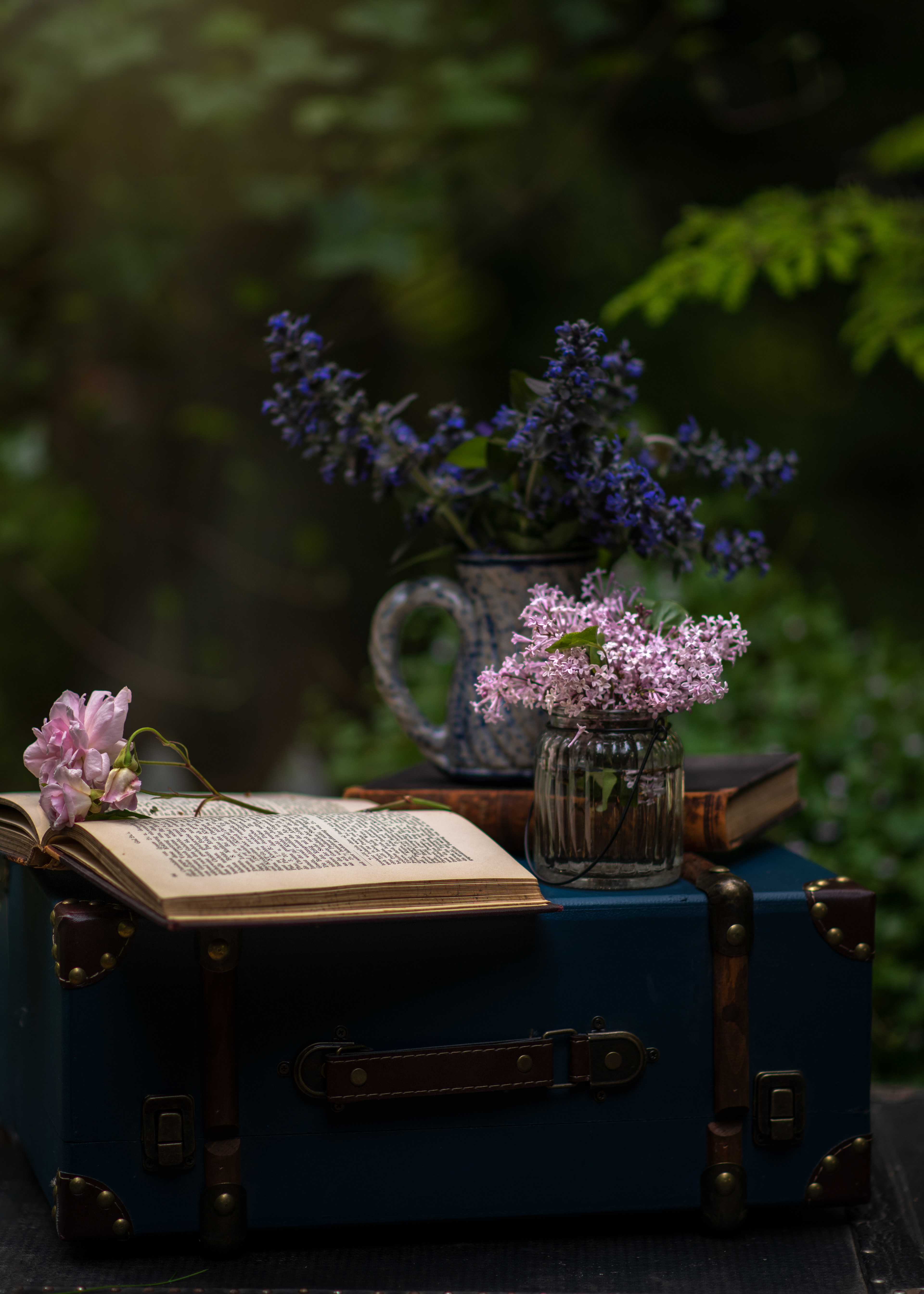


Still life photography is all about capturing images of inanimate objects, in the same way as portrait photography deals with the depiction of people. As visual artists, we rely on the visual element of our work to captivate viewers in a single glance — making our art speak for itself — and using art to tell a story. The projected idea is to convey the artist’s own inspiration and to allow viewers to see the artist’s story through their own eyes.
Storytelling through still life photography is very challenging because of the obvious lack of human form. A major challenge is to create an emotional impact on your viewer. The most successful images will usually evoke a strong emotional impact even without the expected human element. Successful photographers will need to be especially creative with a myriad of concept-driven ideas. I will often choose a single object with the most emotional impact and build my composition around it. In the photo below, the blue eggs are perfectly emphasized by the color contrast (the cold colors create a very strong visual center on the background of warm fall leaves) and the softness of the evening light. Using objects from nature is often a simple way to add an emotional response.
I titled the photograph below, "The Colors of Fall,” but, for me, it is more like a self-portrait. This is because a still life photograph can portray one’s personality, without being the person’s portrait, by capturing elements of one’s personality. Rather than photographing a set of objects that just “go well” together, I choose those which tell an intentional story.
The next important task is to convey a layered meaning (multiple interpretations) in the photograph and story. This is often a very difficult process.
Is it just an old doll sitting on an old bench, or is it an image of lost childhood?
Creating something unique is never easy. With all the images created these days, standing out from the crowd, while working with still objects, is uniquely difficult. Try to search and develop your own style, while keeping true to topics close to your spirit. Collect still-life props and the ideas will follow. Personally, I love using props that show signs of previous use and an implied history. In this way, the items get a "second life." I enjoy searching antique and thrift stores looking for items with soul and character.
When shooting still life, choose your light source very carefully. Take the time to experiment, moving the lighting source to see how it changes the emotional impact of the still life setting. Experiment with natural light and shadows and manipulate the light to convey the desired message or mood of your photograph. Learning to “see” light is one of the most desired skills for photographers, regardless if you are shooting still life or landscapes.
Using a “stream” of light will often add to your composition when it is directed to highlight certain desired elements.
Another very impactful and important element is the creation of an atmosphere through the use of an ambient light source. The goal is to emphasize the light and set the mood for the photograph. In the photograph below, the summer evening gives a soft orange light and a radiant blue glow that mutes the background shadows.
The above photograph is another example of ambient light use. The use of a soft ambient light source conveys feelings of home and hearth, accentuated through the images of lace and crocuses.
The above photograph tells the story of life’s never-ending circle. The beautiful and fresh daffodils are contrasted by the worn and dilapidated old chair. The intense yellows convey new life and are juxtaposed with the silvered wood that evokes antiquity and timelessness.
Stories are an integral part of the human condition. From the beginning of time, people have always been drawn to stories. Still life photography is a very exciting — albeit difficult — way in which we can tell stories while opening the art to multiple interpretations through the intricate personalities of the viewers.